What will your dealership look like in 2050?
Seven barns. Big ones. Empty every spring, and waiting for the hay that would carry the dairy herds through another winter. They had to be filled, and at 11 years old, I was old enough to join the crew. We baled it, hauled it in, and stuffed those bales clear to the top — up where the heat on the tin roof sucked every bit of moisture out of you, and made you wipe the sweat out of your eyes with each 110-pound bale you finally wrestled in place.
But that was more than 50 years ago, and lately the memory of those big barns just wouldn’t leave my mind. So I decided to go back and visit them once more. And I was shocked.
No more cows. No more hay. No more tanks full of milk in spotless milk houses waiting to be picked up by the creamery truck early in the morning. No more strong young men bucking bales up 15 levels to the last space under that hot tin roof.
The buildings were still there. Sorta. But the heart and soul were gone. Times had changed everything. No more small family dairies. So what remains? After lifetimes of work, what remains? Ever think about your store?
Sixty years from now some of you will be there, and some of you will not. But what makes the difference? A few of the rules — if there are any rules — could be something like this:
Own the dirt.
Whatever it takes, own the dirt. My first store was in a rented building, on rented ground. I finally bought the steel building, thinking I could buy the dirt in time, but little did I know that the car dealer across the street had big plans and more cash than I did. The landowner died, and I thought this was my chance, but the car dealer across the street moved first. I was out at the end of my lease. So buy the dirt. Rent goes up every year, and landowners will never have your interests at heart. Buy the dirt.
Hold your margins.
Without margin, nothing can last. Do not rely on price to draw and keep your customers. If price is the reason they came, price will be the reason they leave. Build the intangibles that create loyalty: the cleanliness of your store, the friends they have made at your parts counter and in your shop, the freshness of your displays and the cool stuff on your shelves. Make your special events memorable, and the food you serve there something they can’t forget. Add live music from time to time, support the community big time, and don’t ever forget a promise. These are the things that make people come back to your store. These are the things that people want to be a part of.
Pay off debt.
Studies show that the average mid-sized V-twin dealer owns about 50 percent of store assets. Mid-sized metric dealers are half that, with equity of only 25 percent of asset value. Stated differently, these mid-range V-twin dealers have 50 cents in debt for every $1 of assets. Metric in that same range have 75 cents in debt for every $1 of assets. The lower the debt load, the higher your chances of weathering bad times. Work to eliminate your debt. Even flooring. The load is lighter. Life is better. And don’t think it is not possible. It is.
Keep it clean; keep it fresh.
With time, and familiarity, we all let down. Ed Lemco once pointed out to me that my boneyard was the first thing people saw from the freeway. I had never noticed it. Get new eyes to look your place over and tell you what they see. Outdated shops are obvious to new customers. You don’t keep up, and they are gone.
Provide succession.
Come on. You’re not going to be there in 30 years. Watch for young leaders. Train them; give them responsibility; give them your time and your confidence. Then get out of the way.
Keep up with technology.
I don’t know exactly what lies ahead, but there will come a day when even the Internet is old hat. Keep up. Stay on top. Take a lesson from your old floppy disks: everything changes, and you had better change with it or you become hopelessly outdated.
And finally, don’t gut the company.
Yeah, there’s lots of cash there. Today. Build a solid rainy day fund with that cash before you start buying the toys. Save your money. Keep a good chunk liquid. And when the cash stops flowing, you dip into your fund, rather than go begging at the bank, where the answer just might be “no.”
The specter of those seven old barns haunts me. Times changed; the small dairy farmers did not; and those wonderful buildings are now just empty, broken down monuments to the past. I had four stores. Two survive today in one form or another, and two are nothing but memories.
You’ve worked hard to get this far. If you do things right, you will be able to drive past that store some morning in the year 2050, watch the bikes being pushed out by the crew, and simply smile a quiet, contented smile. And if not, all you may have will be memories of a time that slipped away, and is no more.
Hal Ethington has been associated with the powersports industry for more than 40 years. Ethington is a senior analyst at ADP Lightspeed. Contact him at Hal.Ethington@adp.com.

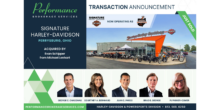

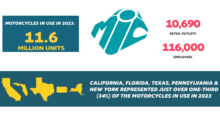

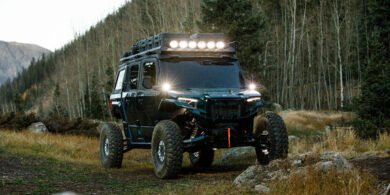
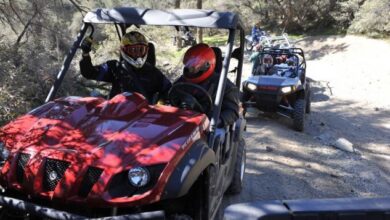
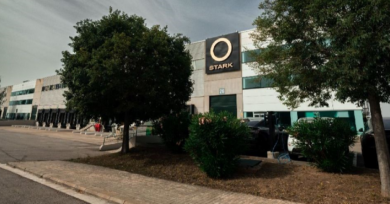
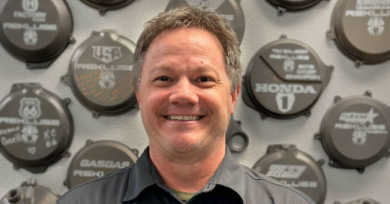
Very good ethical information. Its funny how you mention technology most of everyone neglects that in your business and as well all know it can hinder the greatest of products and service alike!
Great article Hal. It is exactly what I have been preaching to my team and that is why I am able to spend my winter’s in sunny Florida.